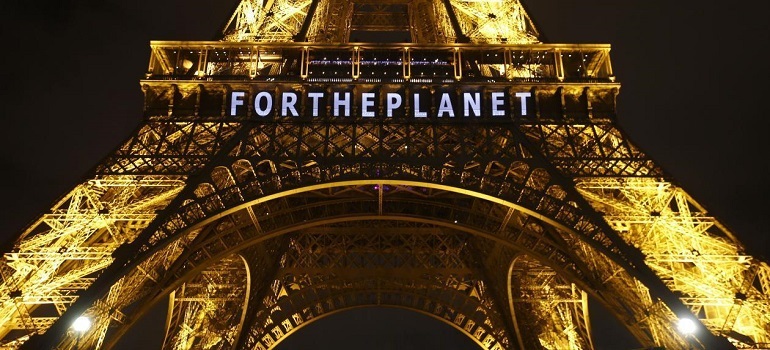
Finance for countering climate change is flowing at a greater pace than ever, with growing markets for renewable energy. But there is still an ambition- investment gap to meet the goals of the Paris Climate Change Agreement.
To bridge this, which is completely inter-connected, governments and the entire financial sector must see it as a single challenge.
This was the main focus of discussion of high-level representatives at COP23 Finance for Climate Day on Monday who highlighted their efforts to meet the goals of the 2015 Paris Climate Change Agreement and underlined that this challenge of coordination and coherence needed to be quickly addressed.
They set out what needs to be done next by governments, cities, states, business and multilateral institutions to secure the pace and scale of investment required, before and after 2020, to meet the Paris goal of keeping the average global temperature rise well below two degrees Celsius and as close as possible to 1.5 degrees.
“At the heart of the climate challenge are two gaps we urgently need to bridge: the ambition and the investment gap,” UNEP Finance Initiative head Eric Usher said.
ALSO READ: WHO launches special initiative at COP 23 to address climate change impact on health
“It is up to national governments now to increase the ambition of their NDCs to close the 17 GtCO2e emissions gap that we still face for 2030. When it comes to the investment gap, however, we need all financial players to work together effectively to mobilise at least $1.5 trillion of climate finance that is needed every year,” he said.
What is more, every dollar invested in cutting greenhouse gas emissions and adapting to climate change gets double the bang for the buck because the results directly support the only sustainable future possible, which is captured in the international community’s 2030 Agenda for Sustainable Development.
Finance is flowing at a greater pace than ever, with vibrant and growing markets for renewable energy, electric vehicles, green buildings and climate-smart agriculture seeing aggressive growth, backed by exponential advances in innovative green financial instruments, indices and markets.
Equally, the finance sector is recognising to a much greater degree where and how climate change presents risks to its existing investments and the need to adjust their portfolios away from carbon-intensive assets to reduce that risk.
However, as a series of discussions taking place at the UN Climate Change Conference highlight, much more is needed to secure finance and investment at the scale required to deliver a fully de-carbonised and climate-resilient global economy by 2050.
Laura Tuck, Vice President Sustainable Development, World Bank said: “The potential for climate friendly investment in areas such as clean energy and climate-smart agriculture is enormous.”
“The key is to get the funding to flow so that everyone everywhere can benefit from low-carbon and climate resilient investments. That’s why we are working with the UN and our other development partners to create the conditions that will attract investors and to get all forms of finance – public, private, philanthropic – working together for maximum impact,” she said.
Vladis Dombrovskis, Vice-President of the European Commission said: “Hundreds of billions of euros in investment are needed to transition to a low carbon economy and meet the target of well below two degrees warming. This is a challenge but also an opportunity for the EU to become a magnet for green investment and lead the way in mobilising both public and private financing for sustainable projects.”
The high-level finance for Climate Day focused, among others, on investment to reallocate capital flows towards low-carbon and resilient growth, with additional upfront capital or risk sharing, to deliver financial returns and resource savings.
(Vishal Gulati is in Bonn at the invitation of the Global Editors Network to cover COP-23. He can be contacted at vishal.g@ians.in)

